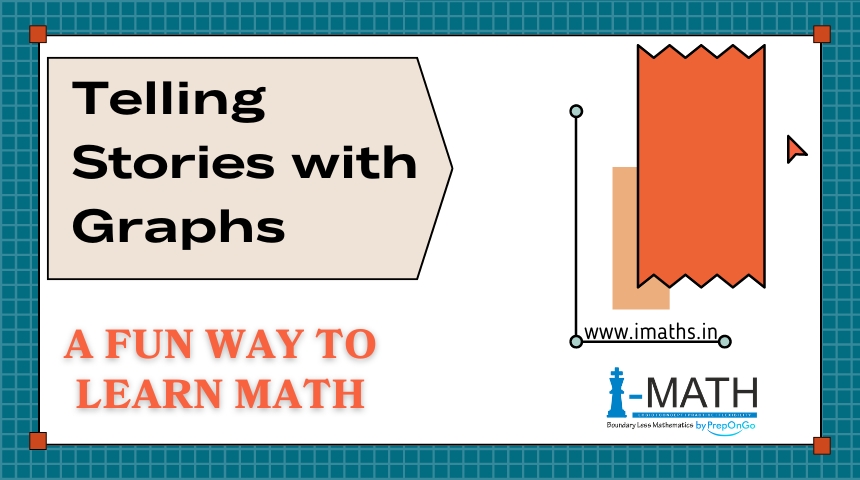Telling Stories with Graphs: A Fun Way to Learn Math

Graphs are powerful tools that can transform numbers into visual stories, making complex data easy to understand. Teaching kids how to tell stories with graphs can boost their math skills and enhance their ability to interpret information. In this blog, we will explore various ways to make learning about graphs enjoyable and educational for children.
Why Learning Graphs is Important
Graphs help children understand and visualize data, allowing them to see patterns, trends, and relationships that numbers alone might not reveal. By telling stories with graphs, kids can develop critical thinking skills and improve their ability to analyze and communicate information effectively.
Fun Activities for Learning Graphs
Here are some engaging activities that can help children learn how to tell stories with graphs:
1. Create a Daily Activity Chart
Have your child track their daily activities and create a bar graph or pie chart to represent how they spend their time. This can include categories like school, play, reading, and chores. Discuss the results and what they reveal about their routine.
2. Weather Tracking
Track the weather over a month and create a line graph to show temperature changes. This activity helps children understand how data changes over time and can lead to discussions about seasons and weather patterns.
3. Favorite Foods Survey
Conduct a survey of family or friends about their favorite foods and create a bar graph or pie chart to display the results. This teaches kids how to collect data, organize it, and present it visually.
4. Book Reading Log
Have your child keep a log of the books they read and create a bar graph to show the number of books read each month. This can encourage reading and help them see their progress over time.
5. Sports Statistics
If your child is interested in sports, use sports statistics to create graphs. For example, track their favorite player’s performance throughout a season and create a line graph to show their progress.
Tips for Successful Learning
- Use Real-Life Data Use data from your child’s life or interests to make graphing more relatable. This personal connection can make the activity more engaging and meaningful.
- Start Simple Begin with simple graphs like bar graphs and pie charts before moving on to more complex ones like line graphs and scatter plots.
- Incorporate Technology Use graphing tools and apps designed for kids. Many educational websites offer interactive graphing activities that make learning fun and interactive.
- Encourage Creativity Allow your child to get creative with their graphs. They can use different colors, add illustrations, and make their graphs visually appealing.
- Discuss the Stories After creating the graphs, discuss what they show. Ask your child to explain the story their graph is telling and what conclusions they can draw from the data.
Benefits of Telling Stories with Graphs
By teaching children to tell stories with graphs, you help them develop:
- Data Interpretation Skills: Understanding and interpreting data from graphs.
- Analytical Thinking: Analyzing data to find patterns and trends.
- Communication Skills: Presenting data in a clear and understandable way.
- Engagement with Math: Finding joy in math through creative and practical applications.
Conclusion
Telling stories with graphs is a fantastic way to make math fun and relevant for kids. It helps them see the practical applications of math in everyday life and develop essential skills that will benefit them in their academic journey and beyond. Encourage your child to explore the world of graphs and discover the stories they can tell with data.
By focusing on telling stories with graphs, you can transform math learning into an exciting adventure, helping your child to see the beauty and utility of math in the world around them.




